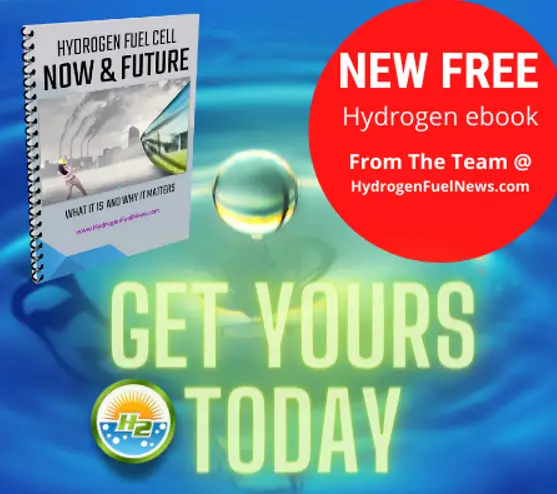
Multigrain Ruthenium Nanocrystals: A Game-Changer for Hydrogen Fuel Cell Catalysts
July 25, 2025A freshly developed ruthenium catalyst is seriously raising the bar in the world of hydrogen fuel cells. Designed with uniquely structured enriched (101̄1) crystal facets, these high-performance nanocrystals don’t just compete with traditional catalysts—they leave them in the dust. In fact, tests under alkaline conditions show they deliver a kinetic current that’s 25.6 times higher than platinum and 7.8 times better than standard ruthenium. That’s a major leap.
Tougher, faster, and built to last
Published in Advanced Materials, this research highlights just how durable these ruthenium nanocrystals are. One of the biggest wins? They resist CO poisoning—something that’s typically a big headache for fuel cells—and they degrade at a much slower rate. That makes them a rock-solid option for demanding setups like Anion Exchange Membrane Fuel Cells, where both performance and longevity matter.
Less platinum, more possibilities
This breakthrough could be a real turning point. Right now, the hydrogen tech space leans heavily on platinum, which is both costly and limited in supply. These ruthenium-based nanocrystals are changing the game, paving the way for more scalable and affordable hydrogen solutions. They’re right in line with what the global clean energy movement needs: smarter, cheaper materials that still bring high performance.
And the timing couldn’t be better. As the push toward sustainable energy keeps gaining steam—especially in transportation and heavy industry—this next-gen catalyst is helping move the needle on decarbonization. It’s a strong signal that we’re not just inching toward a greener future—we’re sprinting.
Source: Wiley



 With over 15 years of reporting hydrogen news, we are your premier source for the latest updates and insights in hydrogen and renewable energy.
With over 15 years of reporting hydrogen news, we are your premier source for the latest updates and insights in hydrogen and renewable energy.